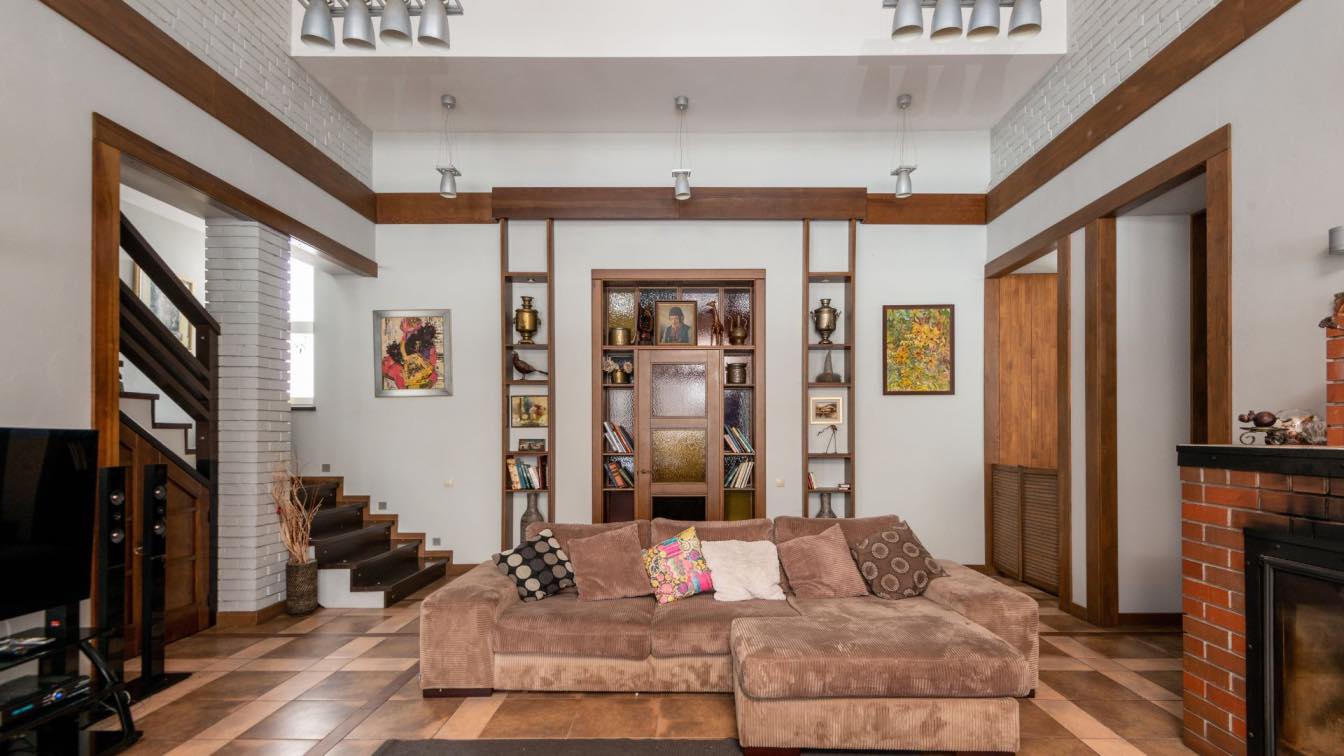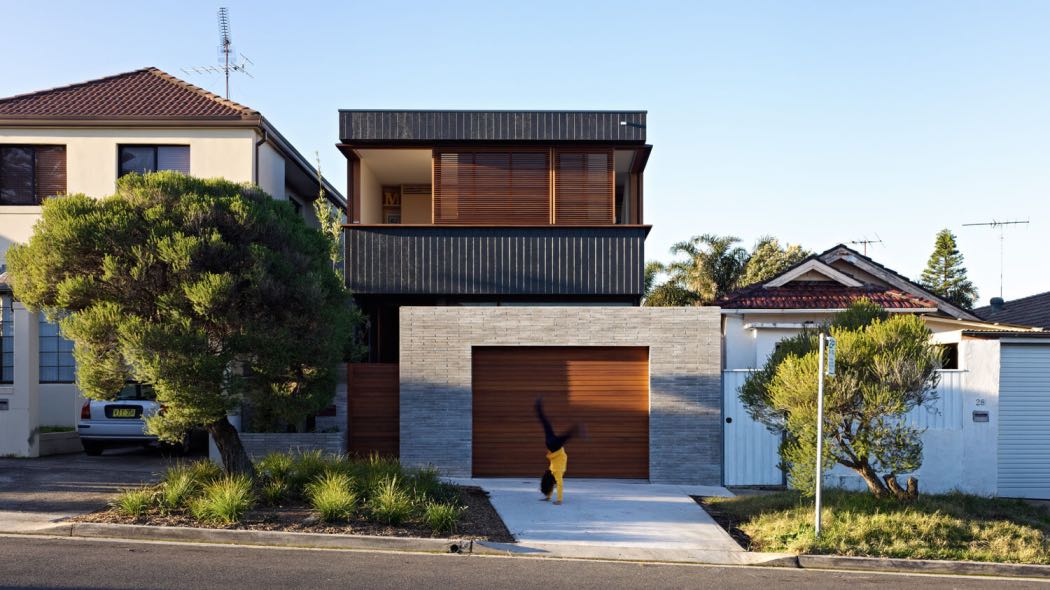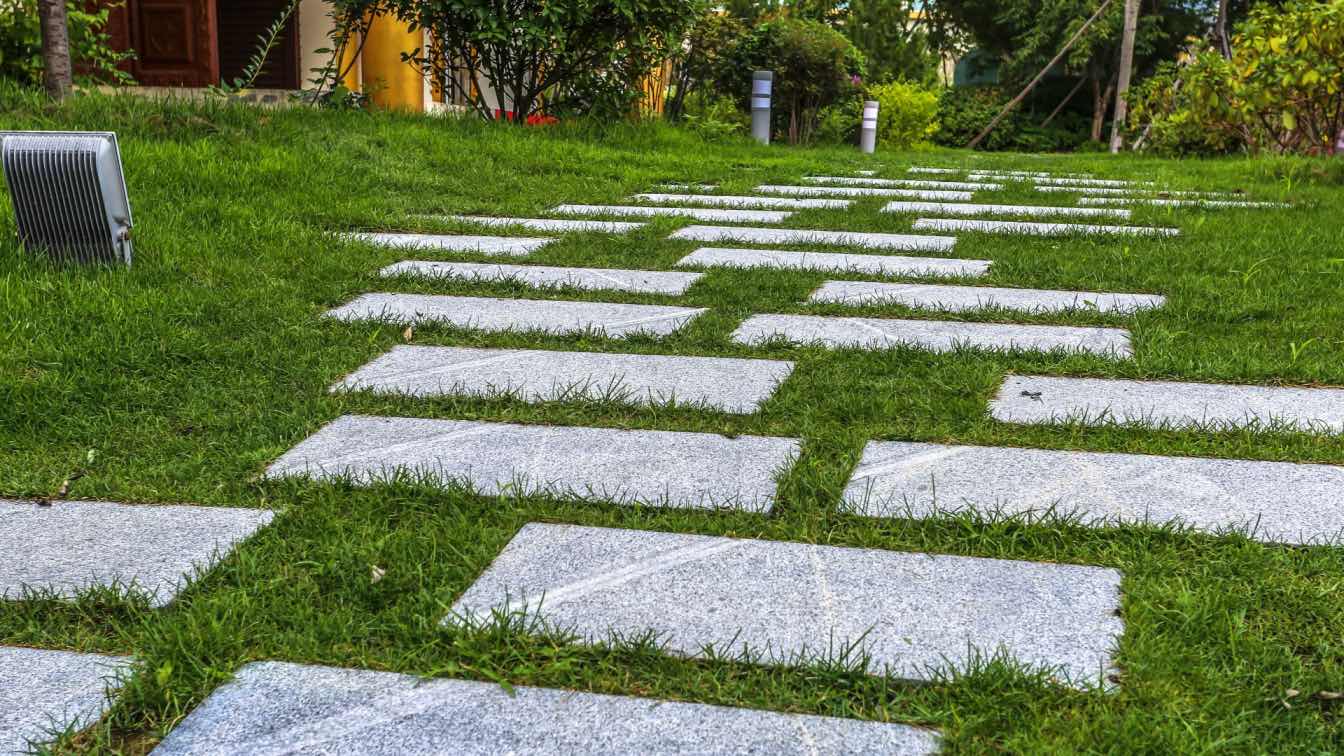Sustainability in architecture and home design has come a long way. Modern homes today are energy efficient and fitted with water-efficient fixtures to reduce wastage. Designers are fitting new homes with smart devices that monitor water use and conserve energy. And a number of countries are making solar power mandatory on new builds.
If one proposal is approved, any new home in the EU will have solar panels installed as standard. It is unlikely that Charles Fritts imagined his invention would become mandatory when he set up the first solar panels on a New York rooftop back in 1884. However, California and Tokyo both have solar mandates in place for just this purpose.
Yet, despite incentives and the obvious environmental benefits, only a small percentage of homes have solar power. This number is growing constantly, but one concern for potential users of solar is whether it can provide enough power.
What concerns do some consumers have about solar power?
Some of the major concerns consumers have about solar energy include how efficient installations are, and whether there is enough sunlight in their area. Cost plays a factor too here.
Basically, many people are still worried that they don’t enjoy enough sunshine to power PV panels. And if they did install solar then they would need a large installation to power their home. Obviously, the bigger the PV installation, the higher the cost.
Solar installers, Impact Energy In Billings explained that PV panels today are far more efficient than before. And solar panels are effective in low light too.
Charles Fritt’s auspicious invention had only 1% or 2% efficiency. Today’s PV panels are 15% to 22% efficient. Plus, there are a few solar installation possibilities to suit any home.
What are the options for powering a home through solar energy?
There are different types of solar panels now including solar shingles. These offer a more discreet way to power a home while offering the same benefits as regular PV panels. But, without delving into all the different options for panels, there are perhaps five options for using solar energy in a home.
Different ways to use solar power are as follows:
Off-grid systems
Grid-tied systems
Community systems
Hybrid systems
Green energy suppliers
The last option is something of an anomaly as it doesn’t require any solar installation on a home. To benefit from solar power without a PV system, you can simply sign up for a green energy provider. This means using the grid as normal for electricity but with the knowledge that fossil fuels weren’t used to generate the energy you use.
However, using green energy in this way means you will miss out on solar incentives and the chance to stop paying for electricity completely.
Off-grid solar systems
All of the four remaining solar system options require PV installations. But, how they operate is quite different.
An off-grid solar system allows total independence from the grid. Converted electricity is stored in a battery. This means homes can still be powered during blackouts.
Grid-tied solar systems
This is the simplest type of solar system and it requires no battery. Solar energy is converted to usable electricity to power the home. But, if extra energy is needed then electricity can be taken from the grid.
Community solar systems
So far, about 41 states plus DC have community solar programs. Community solar farms allow groups of homes to be powered by renewable energy without the need for rooftop PV panels.
Hybrid solar systems
Hybrid solar installations combine the advantages of off-grid and grid-tied systems. Energy is stored in a battery. But, because the grid is still connected, electricity can be drawn when needed.
Is it feasible to power a whole house with solar?
The short answer to this question is yes. It is possible to power an entire home via solar energy. However, there are a few caveats, and also different ways to complete this goal.
Sustainable architecture isn’t new but renewable energy sources are a modern way of powering homes. Yet, green energy isn’t a new arrival either. Windmills first appeared in the 8th century. And hydropower was used as far back as 30AD in Chinese watermills.
Solar power however didn’t become a practical way to power homes until the 1970s. But, these installations were expensive and only partially powered some buildings. Now, with modern PV panels, whole homes can be powered.
To power an entire home, enough electricity needs to be generated to meet all of the household’s needs. This includes heating, lighting, appliances, and more. The solar installation would likely require battery storage.
The most likely options for powering a whole home are hybrid and off-grid systems. By storing excess energy, homes can be powered regardless of low sunlight.
How can you power a whole home with a smaller solar installation?
You would require a solar installation with a sufficient amount of PV panels to generate all the electricity a household needs. In some cases, this may necessitate a large solar panel system. Geographical location and direct sunlight will factor into the equation also.
However, there are ways to power an entire home while keeping a solar installation to a reasonable size. The average home requires between 15 to 20 PV panels to power it. But, you could reduce the pressure on your system by using solar in different ways.
Powering the home with solar
There are different ways to power a home with solar. The standard option is to install rooftop solar panels of course. These will provide electricity for lighting and appliances. Yet, solar can be utilized in a few other ways.
Solar water heaters
Solar thermal panels can be used to generate hot water for your household needs. This takes away the reliance on gas or electric water heaters.
Solar attic fans
Energy-guzzling air conditioning can be avoided by using solar attic fans. Ventilating a home with a solar attic fan takes the pressure off HVAC systems.
Solar batteries
One of the important facts about renewable energy is the ability to profit from excess electricity. Hybrid systems allow the storage of excess energy. This can be used if needed or sold to your energy supplier.
By using other forms of solar capture, your main PV system will be able to cope with powering the rest of the home. Plus, your solar battery storage will help when there is low sunlight.
Solar gardens
You will be able to power an entire home with solar cost-effectively by reducing the demand on the system. One way to do this is to use independent solar lights and devices in the garden. This may result in a smaller rooftop solar system.
The following can be powered by solar independently of your main system:
Garden lights
Sprinkler systems
Water features (pumps and lights)
Swimming pool heating
Motion sensor lights
Security cameras
By using separate solar-powered devices your rooftop solar system will be more affordable. And with state incentives and tax credits, you may find powering a whole home with solar quite realistic.
Summary
The short answer to the headline question is yes, it is feasible to power a whole home. The overriding factors will be down to how efficient the solar panels you choose are, and how many you need for your installation.
The average amount of sunlight your area enjoys will also come into play. However, with modern PV systems and battery storage. Powering a home through solar has never been more realistic.





